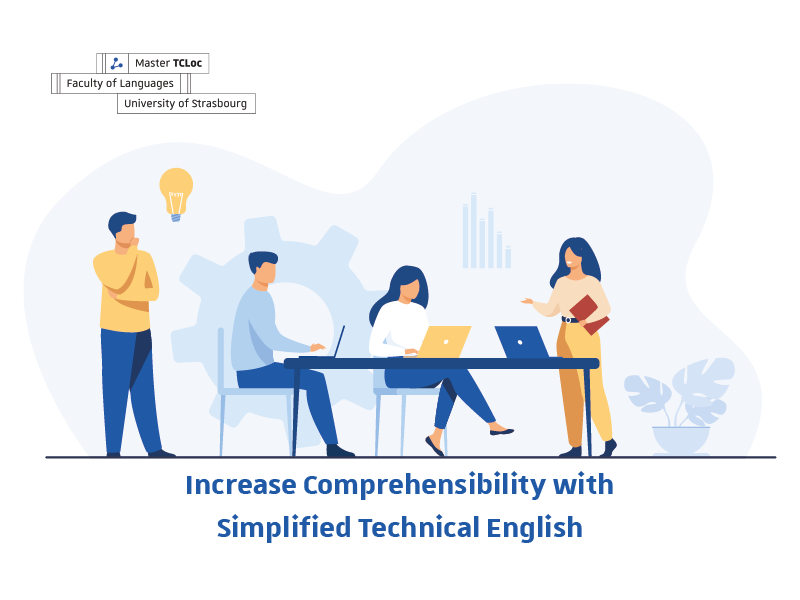I’m sure this won’t be breaking news to you: English is the main language of technical documentation around the world.
According to the Ethnologue, English is the most widely spoken language with just under 1.3 billion speakers worldwide. However, more than two thirds of those do not consider English to be their mother tongue.
Maybe you’re a non-native speaker yourself, or maybe you’ve been tasked with writing technical documentation for an audience whose first language is not English. In any case, with that information in mind, you might be wondering how you can ensure that your documentation is clear and easy to understand. Because as a technical writer, your goal is to write documentation that guarantees the safe and satisfactory use of a product. English can be ambiguous to native speakers, let alone non-native speakers, and technical communication should never be confusing, as this could lead to property damage or personal injury.
In this article, you’ll learn why implementing Simplified Technical English will help you reach this goal and more.
What is Simplified Technical English?
Simplified Technical English (STE) is a “controlled language”. To put it simply, a controlled language is a language which has restrictive rules to simplify the structure of the text to make it easier for the reader to understand.
STE uses a combination of writing rules, a dictionary of controlled vocabulary, and company-specific technical words.
There are many controlled languages already in use in the technical communication field, including ASD-STE100 Simplified Technical English, Attempto Controlled English, and Basic English.
Here are some of the main writing rules from ASD-STE100:
- Use consistent vocabulary and terminology. One word = one meaning. For example, “to fall” is defined as “to move down by the force of gravity”, not “to decrease”.
- Do not use long or complex sentences.
- When there is a choice between American English and British English words and spelling, use the American version (Merriam-Webster’s Dictionary).
Comprehensibility and Simplified Technical English
There are many common misconceptions about Simplified Technical English, but the reality is that there are a huge number of advantages to using it in your documentation:
Standardization
There are approximately 170,000 words in the English language. If not used in a clear and consistent way in technical documentation, this may be a source of confusion and frustration, which may then lead to a dangerous use of a product. To remedy this, the STE dictionary only includes around 900 words, accompanied by a set of around 65 grammar rules.
Considerably reducing the number of words that can be used in a document will result in a standardized way of writing that will ensure consistency by facilitating terminology and content management and simplifying the post-editing process. This will ultimately result in overall better quality and better comprehensibility.
Time and cost savings
If you have a localization program and you’re working with language vendors, STE also has advantages to offer. The decreased word count will result in lower translation costs, especially if you’re using terminology management tools or CAT tools. Using a controlled language such as Simplified Technical English will also enable you to ask your language vendor for machine translation, thus reducing translation costs even further. Technical documents are very well suited to the use of STE and machine translation.
You will also be more efficient when writing documentation because it will be easier for you to reuse and recycle texts that you have already written.
STE rules will help you create technical documentation that is easier to understand for both the end user and the translator.
As you can see, implementing STE in your technical documentation will help increase not only the comprehensibility of the text, but also the efficiency of your technical communication team.
This is why we would recommend organizing STE training for you and your team of technical writers.
You could become a certified Professional Technical Writer by enrolling in our partner training course at tekom, or join us on our TCLoc master’s program to become an expert in technical communication and localization.
If you enjoyed reading this article, please share it or leave a comment below! If you’d like to learn more about Simplified Technical English and Technical Communication, visit our Facebook page and check out the other articles on our blog!



